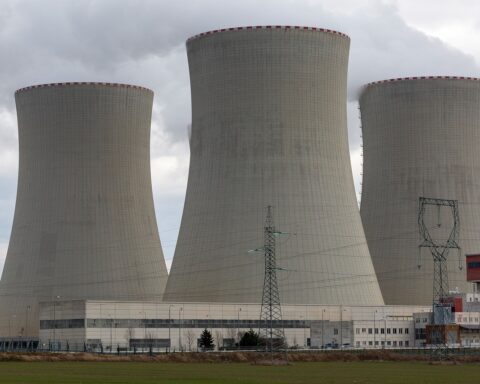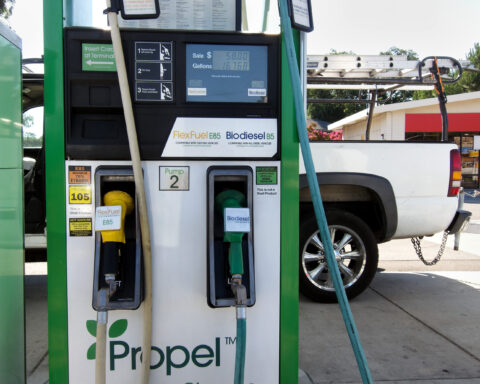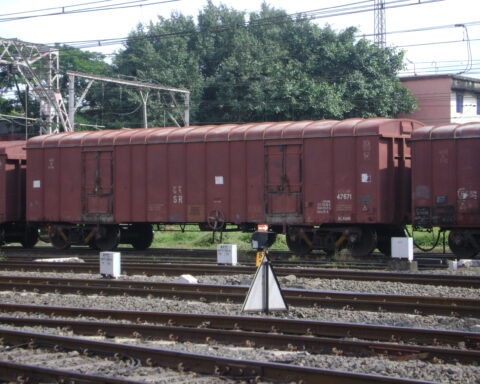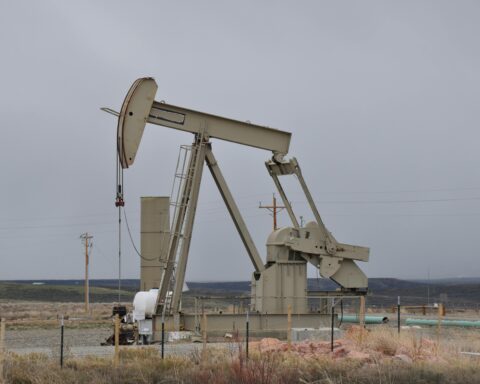The Department of the Interior (DOI) is making $54.2 million available to address longstanding pollution issues in North Dakota and West Virginia caused by orphaned and abandoned oil and gas wells.
North Dakota will use $25 million to close 46 wells, rehabilitate 116 well sites and clean up more than 270 contaminated areas. Meanwhile, West Virginia will receive $29.2 million to close roughly 200 abandoned oil and gas wells.
The awards are part of a larger $660 million fund being distributed gradually. Both states will measure methane emissions from abandoned wells, assess groundwater and surface water effects, and prioritize the cleanup of wells near marginalized communities as part of the administration’s Justice40 Initiative.
Abandoned oil and gas wells are creating pollution nationwide, posing significant health and environmental risks by contaminating air and water sources and emitting methane, a potent greenhouse gas. Closing these wells also supports broader efforts under the U.S. Methane Emissions Reduction Action Plan.
Through the Bipartisan Infrastructure Law, the DOI is spearheading the largest investment in addressing legacy pollution in United States history, including $4.7 billion allocated for closing abandoned wells. In August 2022, the DOI initially granted $560 million to 24 states, including $25 million each to North Dakota and West Virginia. Since then, more than 7,700 wells have been closed, achieving a significant reduction in methane emissions.
With the 2022 grant funding, North Dakota has closed 73 wells, and West Virginia has closed 123 wells, in addition to conducting extensive site remediation and restoration.
“I’ve seen firsthand the urgent need to address these hazardous sites, many of which are actively leaking oil and releasing methane gas,” Interior Secretary Deb Haaland said. “With this historic funding, the states of North Dakota and West Virginia will continue the progress made plugging wells over the last year.”
Until the mid-20th century, there was minimal official oversight of oil and gas drilling practices in the United States. Operators were not required to properly seal wells or rehabilitate well sites once drilling operations ceased, leading many operators to abandon wells no longer economically viable. Left behind were dangers including unplugged well shafts, outdated equipment and degraded land.
A 2008 report estimated that between 800,000 and 1 million wells were drilled across the country before regulations mandated operators seal and restore wells at the end of their operational lifespan. The Orphaned Wells Program Office noted in 2023 that at least 14 million people live within 1 mile of a documented orphaned oil and gas well.
Plugging an abandoned well and restoring the well site involves several preparatory steps, including conducting site assessments and documenting existing infrastructure. This may involve examining historical drilling records and documents, such as wellbore diagrams and notes. Key factors influencing the plugging process include the well’s location, age, depth, orientation and the presence of oil or gas reservoirs.













